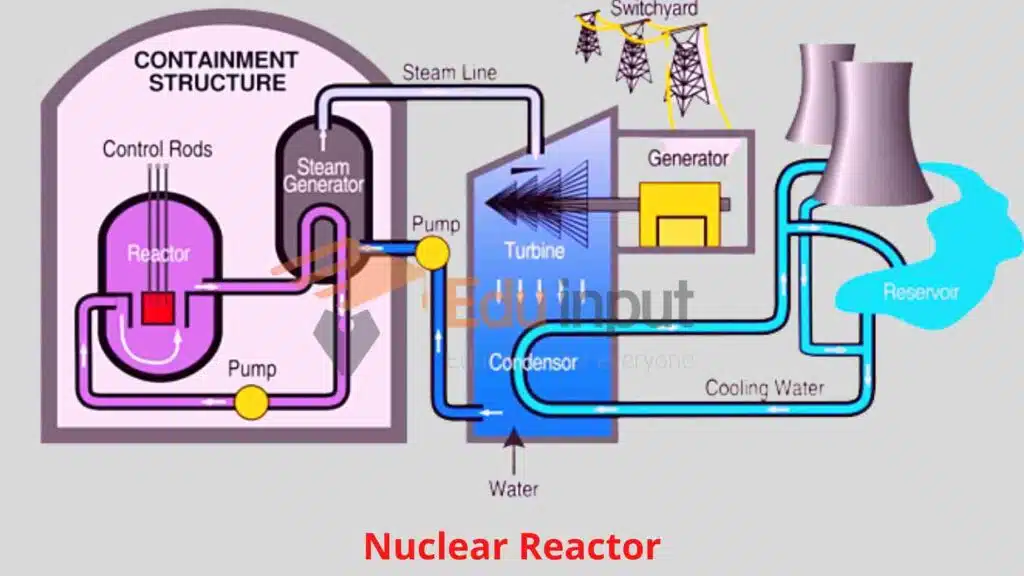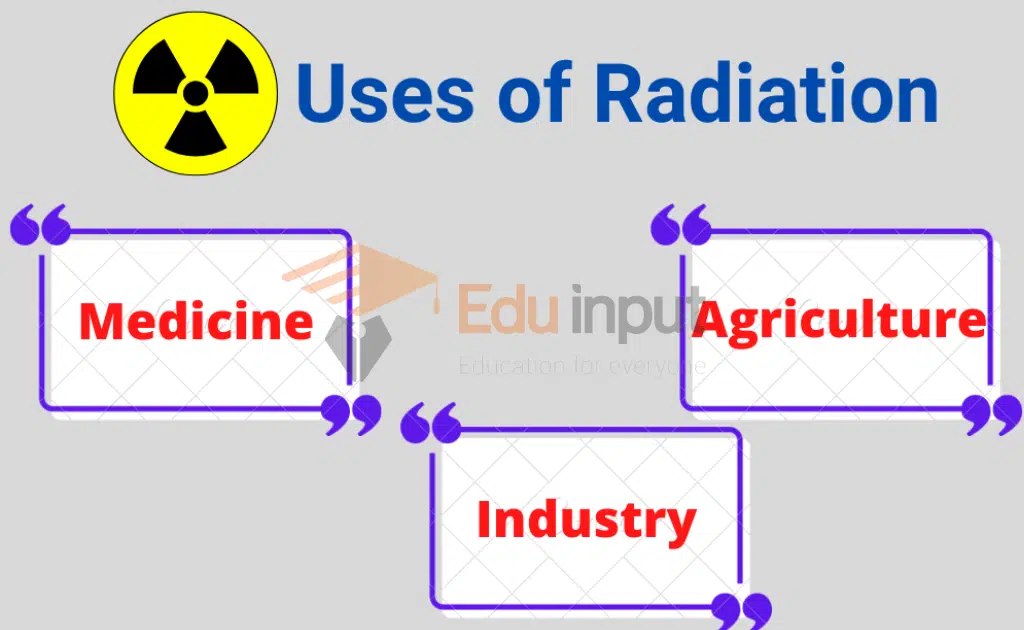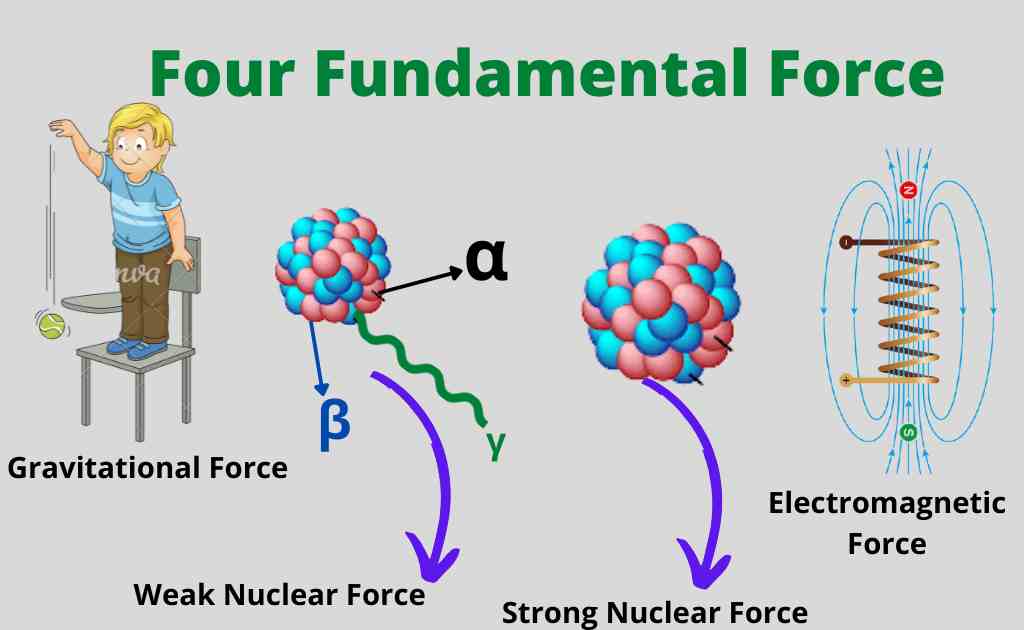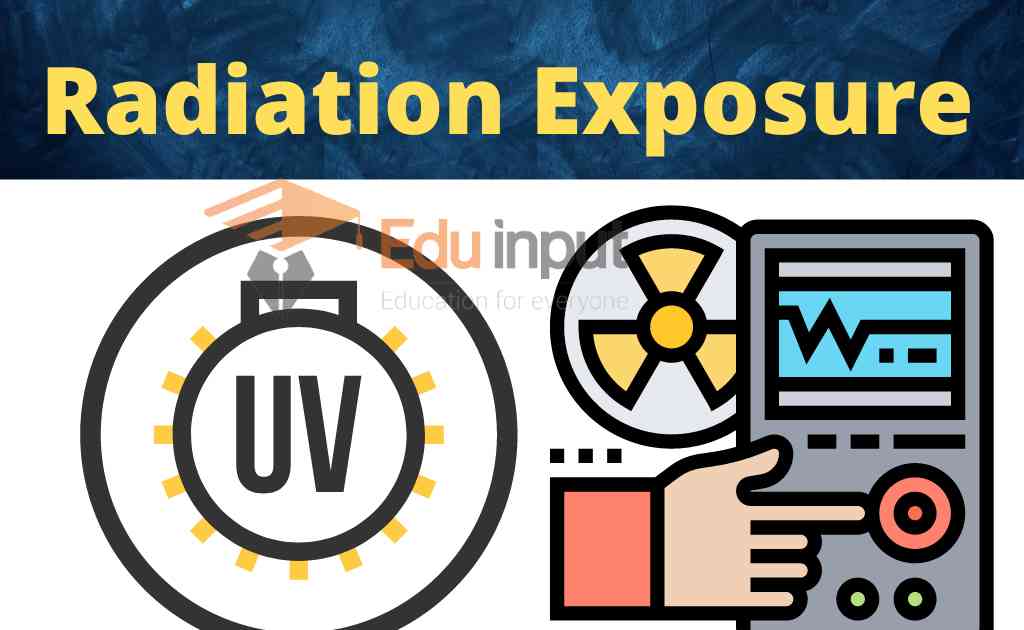Nuclear Reactor | Types Of Nuclear Reactor
A nuclear reactor is the base of a nuclear power plant. Nuclear power use radiation or nuclear reaction to produce electricity.
Nuclear Reactor
In a nuclear power station, the nuclear reactor plays the same part as does furnace in a thermal power station. In a furnace, coal or oil is burnt to produce heat, while in a nuclear reactor fission reaction produces heat.
Working of Nuclear Reactor
When fission takes place in the atom of uranium or any other heavy atom, then energy at the rate of 200 MeV per nucleus is produced.
This energy appears in the form of the kinetic energy of the fission fragments. These fast-moving fragments besides colliding with one another also collide with the uranium atoms.
In this way, their kinetic energy gets transformed into heat energy. This heat is used to produce steam which in turn rotates the turbine.
The turbine rotates the generator which produces an electric current.
Parts of Nuclear Reactor
A reactor usually has four important parts.
1. The most important and vital part of a reactor is called the core. Here the fuel is kept in the shape of cylindrical tubes.

Reactor fuels are of various types. Uranium was used as fuel in the elementary reactors. In this fuel, the quantity of 23592U is increased from 2 to 4 percent.
It may be remembered that the quantity of 23592U in the naturally occurring uranium is only 0.7 percent. Nowadays plutonium-239 and uranium-233 are also being used as fuel.
2. The fuel rods are placed in a substance of small atomic weight, such as water, heavy water, carbon or hydrocarbon, etc.
These substances are called moderators. Moderators control the fission chain reaction. The function of these moderators is to slow down the speed of the neutrons produced during the fission process and to direct them towards the fuel.
Heavy water, it may be remembered, is made of 21H, a heavy isotope of hydrogen instead of 11H. The neutrons produced in the fission reaction are very fast and energetic and are not suitable for producing fission in reactor fuel like 23592U or 23994Pu etc.
For this purpose, slow neutrons are more useful. To achieve this moderators are used.
3. Besides the moderator there is an arrangement for the control of a number of neutrons, so that of all the neutrons produced in fission, only one neutron produces further fission reaction.
The purpose is achieved either by cadmium or by boron because they have the property of absorbing fast neutrons.
The control rods made of cadmium or boron are moved in or out of the reactor core to control the neutrons that can initiate further fission reactions. In this way, the speed of the chain reaction is kept under control.
In case of emergency or for repair purposes control rods are allowed to fall back into the reactor and thus stop the chain reaction and shut down the reactor.
4. Heat is produced due to a chain reaction taking place in the core of the reactor. The temperature of the core, therefore, rises to about 1200 °C.
To produce steam from this heat, it is transported to a heat exchanger with the help of water, heavy water, or any other liquid under great pressure.
In the heat exchanger, this heat is used to produce steam from ordinary water. The steam is then used to run the turbine which in turn rotates the generator to produce electricity.
The temperature of the steam coming out of the turbine is about 300 °C. This is further cooled to convert it into water again. To cool this steam, water from some river or sea is, generally, used.
In Karachi nuclear power plant (KANUP), heavy water is used as a moderator and for the transportation of heat also from the reactor core to the heat exchanger, heavy water is used.
To cool steam coming out of the turbine sea water is being used. The nuclear fuel once used for charging the reactor can keep in operation continuously for a few months.
Thereafter the fissile material begins to decrease. Now the used fuel is removed and fresh fuel is fed instead.
In the used-up fuel, intensely radioactive substances remain. The half-life of these radioactive remnant materials is many thousand years.
The radiations and the particles emitted out of this nuclear waste are very injurious and harmful to living things. Unfortunately, there is no proper arrangement for the disposal of nuclear waste.
This cannot be dumped into oceans or left in any place where they will contaminate the environment such as through the soil or the air.
They must not be allowed to get into the drinking water. The best place so far found to store these wastes is in the bottom of old salt mines, which are very dry and are thousands of meters below the surface of the Earth.
Here they can remain and decay without polluting the environment.
Types of Reactors
There are two main types of nuclear reactors
- Thermal reactors
- Fast reactors
Thermal Reactors
The thermal reactors are called “thermal” because the neutrons must be slowed down to “thermal energies” to produce further fission.
They use natural uranium or slightly enriched uranium as fuel. Enriched uranium contains a greater percentage of U-235 than natural uranium does.
There are several designs of thermal reactors Pressurized water reactors (PWR) are the most widely used reactors in the world.
In this type of reactor, the water is prevented from boiling and is kept under high pressure. This hot water is used to boil another circuit of water which produces steam for turbine rotation of electricity generators.
Fast Reactors
Fast reactors are designed to make use of U-238, which is about 99% content of natural uranium.
Each U-238 nucleus absorbs a fast neutron and changes to plutonium-239.

Plutonium can be fissioned by fast neutrons; hence, the moderator is not needed in fast reactors.
The core of fast reactors consists of a mixture of plutonium and uranium dioxide surrounded by a blanket of uranium-238.
Neutrons that escape from the core interact with uranium-238 in the blanket, producing thereby plutonium-239.
Thus more plutonium fuel is bred in this way and natural uranium is used more effectively.
Related FAQs
What are the main types?
· Pressurized water reactor
· Boiling water reactor
· Advanced gas-cooled reactor
· Light water graphite-moderated reactor
· Fast neutron reactor
How many Parts of the Nuclear Reactor?
There are four main parts of a nuclear reactor.
How does the nuclear reactor work?
The water is heated and changed into steam by a nuclear fission reaction. This steam operates a turbine and electricity is produced.
Which fuel is used in a nuclear reactor?
Radioactive elements like uranium are used in nuclear reactors as fuel.
What is a moderator in nuclear reactors?
Moderator is a substance that is used to slow down the neutrons in nuclear reactors.







Leave a Reply